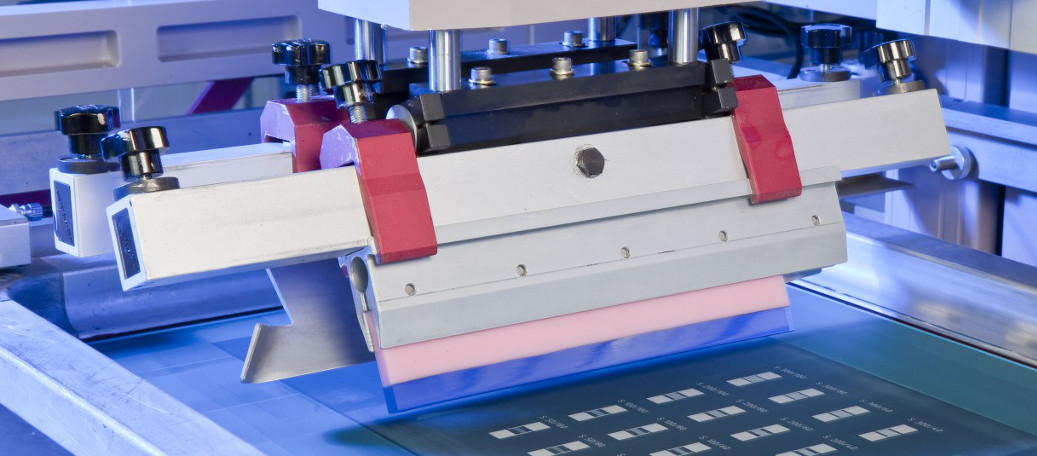While silicon is the most abundant element in the earth’s crust, silver, which is used in a paste on the surfaces of most crystalline silicon PV cells, is far less abundant. Silver additionally has a history of price fluctuations, and is the highest non-silicon material cost for crystalline silicon PV.
As such, future prices of silver are watched closely both by investors and the PV industry. Currently silver is at its lowest price in over six months, having fallen two days after Donald Trump was elected as president and again this week.
However, there no one knows what the future will hold, and there is a lack of consensus for future demand from the PV industry. Solar applications helped to boost global silver demand to a record level last year, however last week Reuters ran an article stating that silver demand from PV applications is expected to peak this year at 83 million ounces (2.4 million kilograms).
Reuters cites its internal consultancy GFMS in stating that this is due largely to the declining amount of silver being used in each solar cell, and also cites the rise of copper metallization solutions.
This was contradicted yesterday by a report released by the Washington D.C.-based Silver Institute, which hired CRU Consulting for its analysis. While the CRU report notes that there is a steady decline in the amount of silver used per PV module, which is largely due to more and thinner busbars, it says that it expects silver use to peak in 2018.
There are significant differences in assumptions between the two reports, at least regarding their expectations of future PV demand. Reuter’s GFMS team predicts that silver demand in the PV industry will fall 4.5% annually, but also predicts that global PV markets will only grow 3-4% per year.
Popular content
This remarkably pessimistic prediction for PV markets may be due to the use of International Energy Agency (IEA) predictions for solar PV demand, as IEA is cited in the Reuters article. IEA’s latest forecast predicts that new renewable energy capacity additions will peak in 2016 and not regain until 2019, but given IEA’s previous forecasts this one was also widely criticized as unrealistically pessimistic.
Silver Institute also cites IEA as a source, but adds its own analysis and anticipates that global demand for PV will peak in 2018 at over 100 GW, a 40% increase over 2016 levels. The consultancy likewise predicts that silver used in PV cells will increase from 90 million ounces in 2016 to peak at 150 million ounces in 2018.
And while the PV industry only represented 13% of the industrial demand for silver in 2015, this combination of an expected increase in PV demand and higher use for the production of ethylene oxide, a common industrial chemical and plastics precursor, is expected to substantially drive up industrial demand.
The truth is that no one knows what the future will hold for global PV markets. While global PV demand has increased every year, doubling roughly every three years during 2010-2016 and every two years from 2000-2010, the rate of growth has swung between 13% and 136% on an annual basis over the last 10 years, according to Mercom Capital.
Mercom is expecting the global PV market to decline in 2017, for the first time in the 21st century, due to a slowdown in Chinese demand. However, Mercom expects only an 8% fall, and for the industry to return to its long-term growth pattern thereafter. Similarly, Bloomberg New Energy Finance is reporting a trend of ongoing, sharp growth in renewable energy demand in the developing world, well beyond China.
This content is protected by copyright and may not be reused. If you want to cooperate with us and would like to reuse some of our content, please contact: editors@pv-magazine.com.


Natcore Technology (NTCFX) is developing cells that use aluminum to replace silver which will lower the cost and will perform as well.
with future development in battery technology growing at a fast pace, will give solar a big boost as new ways to store energy solar provides paves the way for new uses for solar development. energy storage has been a major stumbling block for solar development. already automobile manufacturing is gearing up for new inroads in electric car sales of the future. This is only one area, as independent home energy supply is in line for advancement. The areas are unlimited for new ways to supply and store energy. More than that the markets are world wide. The current pullback by China will be temporary at best, as they have no other way to go but join the rest of the developing nations in the quest for better living standards for their populations. In fact China’s interest in being the leader of Asia will most likely make it one of the first countries to advance the use of new manufacturing of future energy technologys. It will resume it’s silver buying amounts shortly.